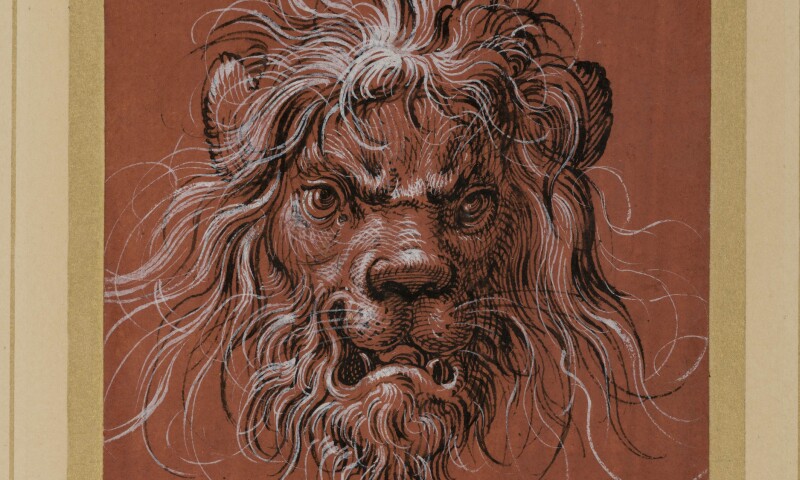Edinburgh welcomes a rare display of old master drawings from England’s esteemed country house

Chatsworth House, the stately home in Derbyshire, UK, is renowned for its outstanding art collection and legacy of artistic patronage, but it is especially prized for its rich trove of drawings. Nearly 50 rarely seen drawings and watercolors from this collection go on view in the “Dürer to Van Dyck: Drawings from Chatsworth House” exhibition organized by the National Galleries of Scotland, most making their Scottish debut. Spanning the 16th to 18th centuries, the selection includes works by some of the most celebrated names in European art, such as Albrecht Dürer, Hans Holbein the Younger, Peter Paul Rubens, Rembrandt van Rijn and Anthony van Dyck.
Nine works by Rembrandt include an idyllic view of the Amstel River, punctuated by one of the Dutch artist’s famed windmills. It forms a placid contrast to the frenzied drama depicted in Van Dyck’s “A Wolf and Fox Hunt” (c.1616-17), completed after Rubens’ monumental and highly praised hunting scene. The earliest work represented is a poignant pen-and-ink drawing of the Virgin Mary and Christ Child by Dürer, a theme the German artist returned to repeatedly over the course of his career.
One highlight has an especially troubled history: a preparatory painting by the Flemish artist Eramus Quelliness II, a pupil of Rubens, was stolen from the Chatsworth House collection while on loan more than 40 years ago. The double portrait depicting Rubens and Van Dyck was returned earlier this year, after first being discovered at a regional auction house in Toulon, France, in 2021.
Image: Jost Amman, “Lion Mask,” c.1570. Credit: The Devonshire Collections, Chatsworth. Reproduced by permission of Chatsworth Settlement Trustees.
Read Less